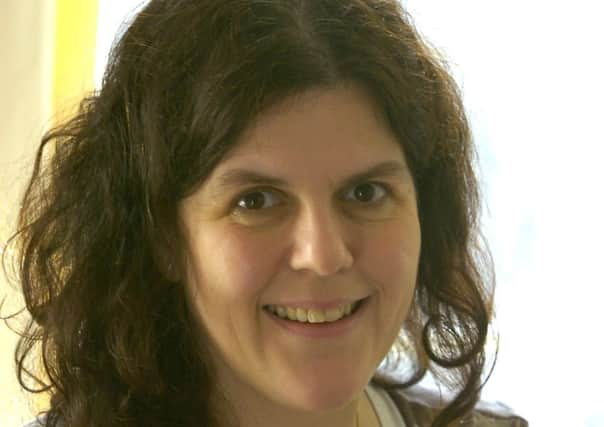Helen Fowler MS blog: Meditation at Dhanakosa
This article contains affiliate links. We may earn a small commission on items purchased through this article, but that does not affect our editorial judgement.


I make my way slowly across the floor. Incense wafts through the air as I attempt to navigate the stools, mats and cushions being used on the Buddhist retreat. Progress is slow; Multiple Sclerosis (MS) makes it hard not to fall.
The building used to be a byre for cattle; it’s kept something of the shelter about it. But its latest incarnation – Buddhism is big on reincarnation - is as a meditation room.
Advertisement
Hide AdAdvertisement
Hide Ad“Come to me all you that labour and are heavily laden and I will give you rest.” The lines keep echoing through my head. They belong to a different religion to this one but somehow seem apposite.
I place the blanket across my knees, revelling in the warmth and comfort, and then drape another one clumsily over my shoulders. I begin to breathe in slowly, my shoulders dropping as the tension lifts from them. Then my chest lightens and so does, eventually, the rest of my body.
The hour or so of reflection falls into three parts. First we sit and listen to an introduction from the leaders. Then it’s time to stand (as best we can) and chant.
We scramble up from where we’ve been sitting. Well, the others do, anyway. My movements are so slow that I am struggling to get back onto my feet for what feels like ages – in fact it’s probably less than a minute.
The meditation leader chants in a sonorous voice. We repeat what he has just said. He finishes the chant, abruptly and we all sit down again to begin meditating.
During the meditation we focus on our breathing, I learn that awareness of my body is the foundation of developing “mindfulness” – focussing on the present moment as a way of calmly accepting ourselves and building self-esteem – a central aim of Buddhist meditation. Every ten minutes, the leader rings a bell to remind us of time passing.
All my worries and anxieties become obvious for what they are; just thoughts. As I realise this, the worries lose their power; I feel less entrapped by them.
So, instead of thinking I am a bad person to be struggling with frustration around being so weak, a bad person even to have this illness, I look in on myself from the outside. And I simply tell myself: “I am struggling to accept I cannot do half the things I used to do.”
Advertisement
Hide AdAdvertisement
Hide AdMaking a cup of tea is an effort these days. But when I say to myself, “I am worried about not being strong enough to lift the kettle,” it’s not such a big deal. I don’t need to try to pour more water into the kettle to convince invisible on-lookers I’m okay.
I have been feeling disconnected from my body; angry at it letting me down with the pain and problems that have come with my MS.
But here in the meditation room I am able to reconnect with my body, I’m able to get some much-needed perspective; plenty of other people have their problems too. I’m far from alone in struggling with ill health.
Okay, my body is never going to work quite right again. But I am learning to accept that; loss of function comes as part of this illness; meditation is giving me peace with that. It’s a relief.
DOWNLOAD THE SCOTSMAN APP ON ITUNES OR GOOGLE PLAY